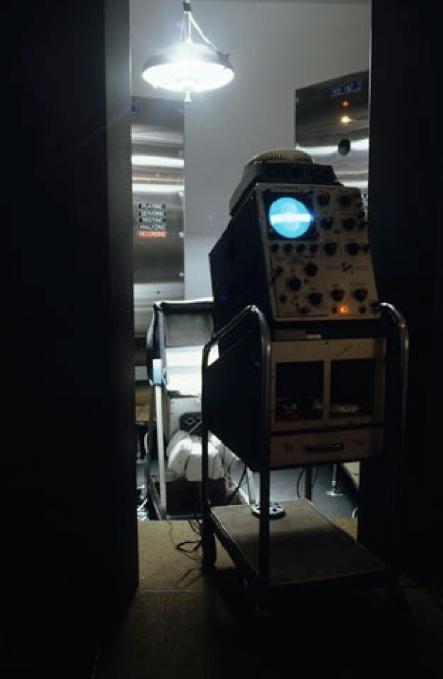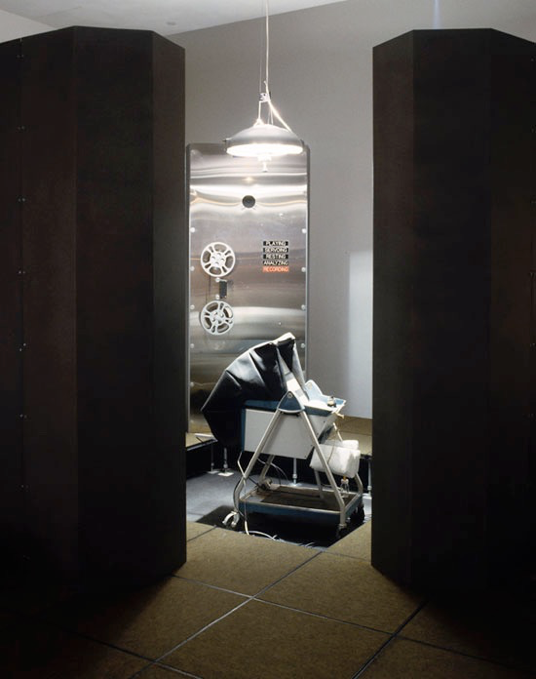Natural Language Processor
1999
February 11, 1956. Professor Herbert Martin writes first paper, in the journal Mind, questioning existing methodologies for the study of language. The paper outlines two critical new techniques: Behaviorist early infant research, and new statistical analysis techniques using tape recorders.
October 21, 1956. Martin meets Claude Seaver, an electrical engineer at MIT, who introduces Martin to electronic vocoding and signal analysis techniques.
June 11, 1957. Martin receives first Department of Defense grant, totaling $14,723, for developing infant language research techniques.
January 12, 1958. U.S. Army awards Martin major funding for grant proposal #237-A4, "Natural Language Processing in Early Development." Martin hires seven graduate students, begins construction of the Natural Language Processing (NLP) facility.
July -August, 1958. Major construction completed. Martin begins polling for single and recently widowed new mothers, hires four nurses, and begins a six hour/day research regimen. Receives significant continuing grant.
January, 1959. Research begins around-the-clock, with 16 graduate students, 21 nurses, and a revolving subject pool of over 40 babies. The unusual amount of activity causes discomfort among other linguists in Martin's department. First notice of concern issued by campus Human Subjects Board.
March, 1959. Major reformulation of vocoder analysis system to use new vacuum tubes. Several mothers organize to complain about the number of hours expected per week.
April, 1959. HSB begins formal investigation. Martin's belligerent responses prompt private censure from his Dean.
September 1959. HSB closes NLP research facility. Martin is suspended with pay from the University, but resigns. Remaining $7422 in grants returned to Army. Martin and students have published six papers, detailing only methodology, the last two alluding to significant (but unspecified) results. Rumors float about the campus and linguistics community that over 45 different words for milk had been catalogued, including “milk after mother consumed garlic,” and “milk produced when mother was worried.” It is not clear if this was leaked by a researcher or an attempt to further discredit Martin with the Department of Defense.
ANALYSIS The Natural Language Processor system evolved significantly over the two years of its operation; the recreation is circa early 1959. While parts of the recreation (the bassinet unit, the tape drive mechanisms) are original, many aspects of the research, including the master 16mm Magnetic Coat tapes, were lost. Only a few of the original research team agreed to assist with the recreation. Martin himself died in 1974.


